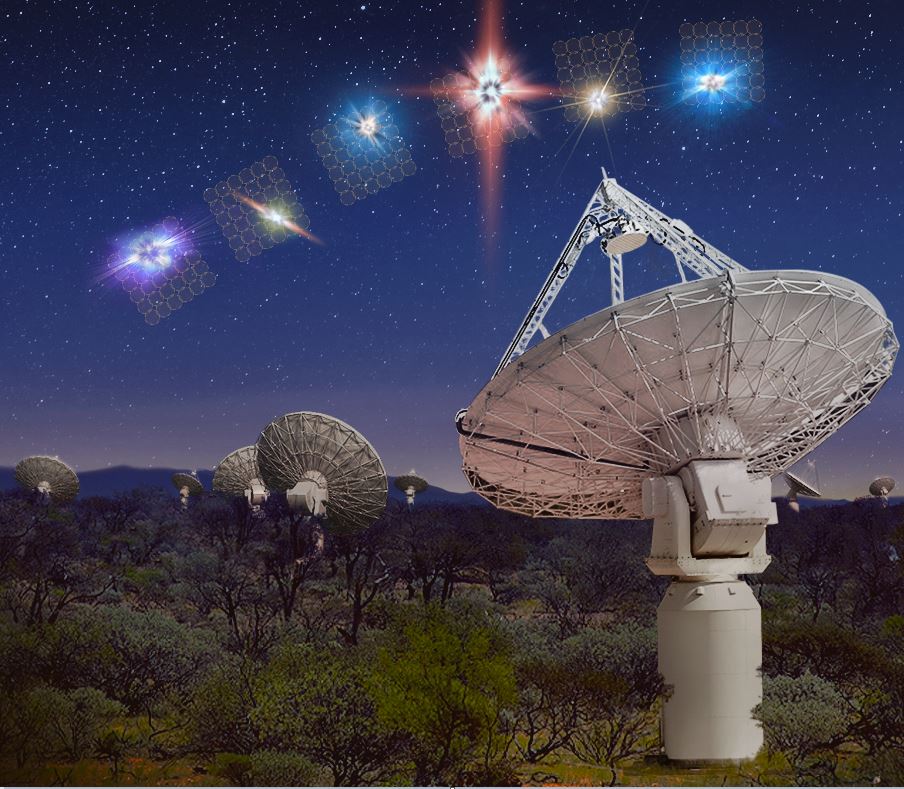Fast radio bursts are millisecond bursts of radio waves. They come from distant galaxies and are extremely compelling events. They are incredibly bright – an FRB at the position of the Sun could pop a bowl of popcorn on Neptune … in a millisecond – and can be used as cosmological probes (e.g. recently FRBs were used to find the “missing” 2.5% of the Universe’s matter).
The ASKAP radio telescope in Western Australia is a world-leading facility for finding and localising fast radio bursts. We are in the process of upgrading ASKAP’s infrastructure for searching for these events and need to improve the speed of a key algorithm (Fast Dispersion Measure Transform, or FDMT) by about a factor of 10.
Dr. Bannister and his team secured ADACS time through the 2019B semester of the ADACS Merit Allocation Program to explore the efficacy of a GPU implementation of FDMT. The work was lead by expert GPU programmer Matthew Smith who performed benchmarking and trialed a range of different, innovative approaches. In the end, ADACS managed to improve Dr. Bannister’s FDMT performance by more than a factor of 20 over the extant CPU implementation.
“Working with the ADACS people was very refreshing. They managed the project very professionally, keeping things on track with weekly meetings and good feedback. They were able to do some very high level research in a difficult domain and help us make real progress on an important problem.” – Dr. Bannister, CSIRO Astronomy and Space Science
